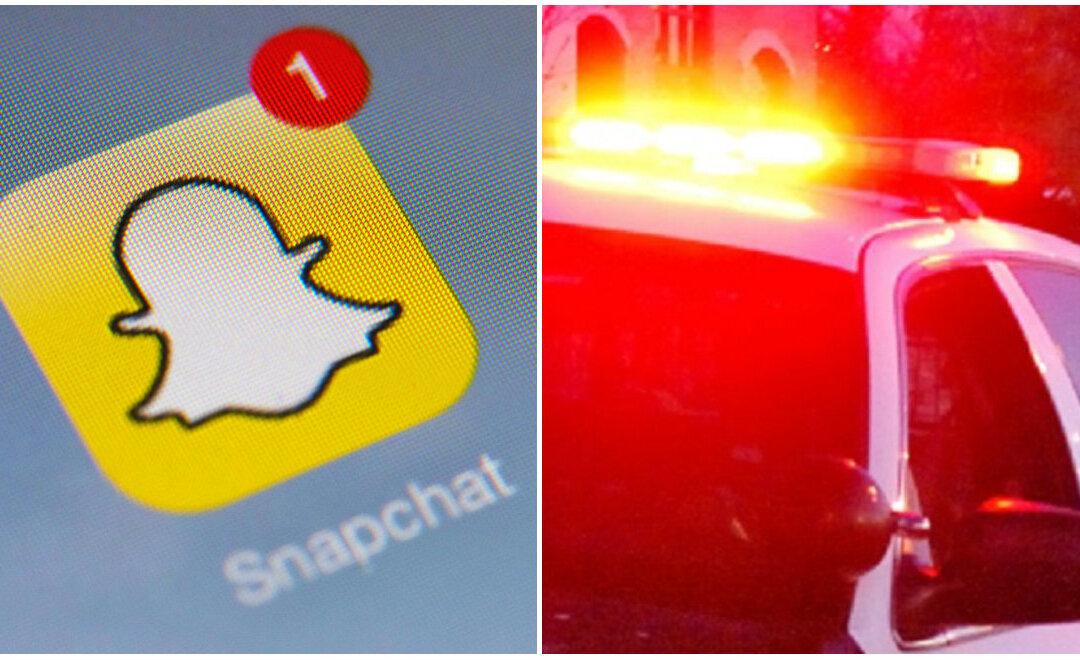A 15-year-old girl in Fresno, California has been arrested for allegedly making a terror threat against her high school. Police tracked down a photo she posted to Snapchat with an accompanying message that read “Don’t come to school tomorrow!!!”
The photo featured several rifles shelved on a Walmart display case, Fresno Police Chief Jerry Dyer told a press conference late Thursday, Aug. 15.




